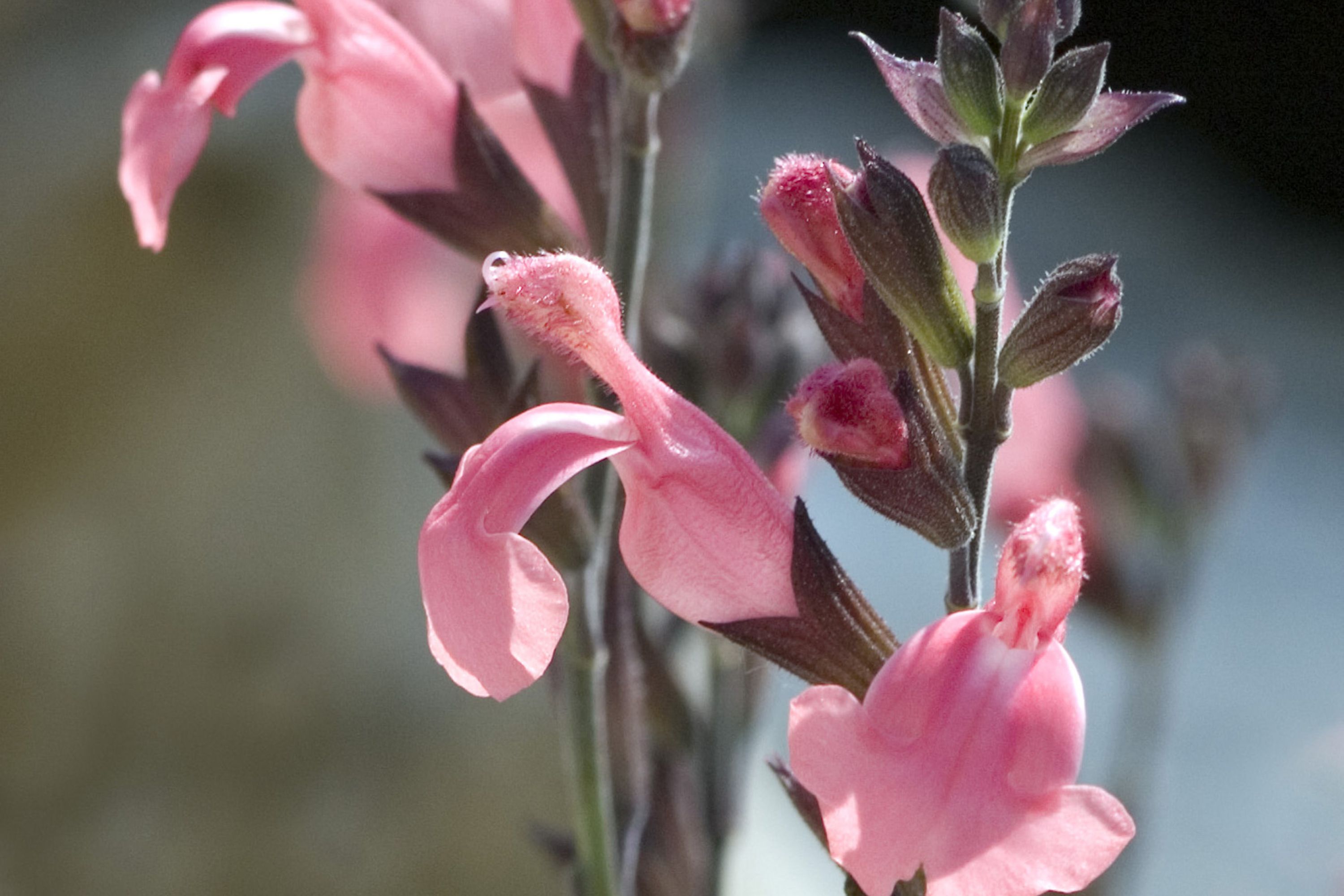Autumn sage
(Salvia greggii)

Description
Salvia greggii, commonly known as autumn sage, is a species of flowering plant native to the southwestern United States and northern Mexico. It is a member of the mint family (Lamiaceae) and is highly valued by gardeners for its attractive flowers, aromatic foliage, and ability to attract pollinators. In this comprehensive guide, we will explore the characteristics, cultivation, and uses of Salvia greggii. Taxonomy and Nomenclature Salvia greggii was named in honor of Josiah Gregg, an American naturalist who collected plant specimens in the southwestern United States in the mid-19th century. The species was first described by botanist Asa Gray in 1870. Salvia greggii belongs to the genus Salvia, which includes more than 900 species of flowering plants distributed throughout the world. The genus name Salvia is derived from the Latin word salvare, which means "to heal," and refers to the medicinal properties of some Salvia species. The species name greggii honors Josiah Gregg, who was one of the first botanists to collect specimens of this plant. Description Salvia greggii is a small, evergreen shrub that typically grows 1 to 3 feet tall and wide. It has woody stems and a bushy habit, with a rounded form and dense foliage. The leaves are oblong or lance-shaped, 1 to 2 inches long, and gray-green in color. They are aromatic when crushed, giving off a pleasant fragrance that is often described as spicy or minty. The flowers of Salvia greggii are the plant's most striking feature. They are tubular, 1 to 2 inches long, and appear in clusters at the ends of the branches. The flowers come in a wide range of colors, including red, pink, purple, white, and various shades in between. They bloom profusely from late spring to fall, with the peak of flowering occurring in the summer. Cultivation Salvia greggii is a popular ornamental plant that is easy to grow and care for. It prefers full sun to partial shade and well-drained soil. In its native habitat, it is adapted to arid conditions and can tolerate periods of drought. However, it will perform best if given regular water during the growing season. Propagation Salvia greggii can be propagated from seed, cuttings, or division. Seeds can be sown indoors in early spring or directly in the garden after the last frost. Cuttings can be taken in late spring or early summer and rooted in a moist rooting medium. Division can be done in the fall or early spring, when the plant is dormant. Pruning Salvia greggii benefits from regular pruning to promote bushy growth and maintain its shape. Deadheading spent flowers will encourage the plant to produce more blooms. In colder climates, the plant may die back to the ground in winter, but will re-sprout from the roots in the spring. Pests and Diseases Salvia greggii is generally resistant to pests and diseases, although it may be susceptible to root rot if grown in poorly drained soil. Spider mites and whiteflies may occasionally infest the plant, but can be controlled with insecticidal soap or horticultural oil. Uses Salvia greggii has a wide range of uses in the garden and beyond. It is often grown as an ornamental plant, either as a specimen or in mass plantings. Its flowers are attractive to hummingbirds, bees, and butterflies, making it a great choice for pollinator gardens.
Taxonomic tree:







